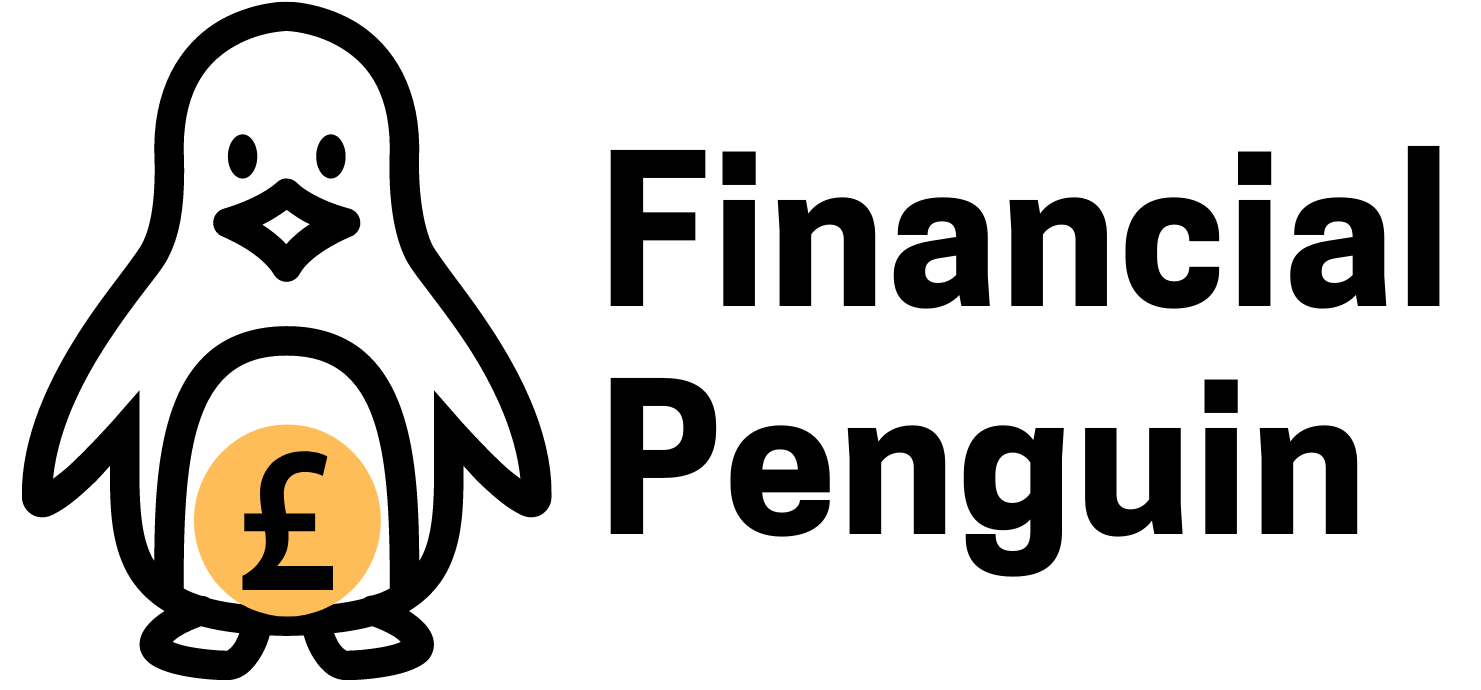Car Insurance
Car insurance is not just a legal requirement—it's a critical component of responsible vehicle ownership. It offers financial protection against the unpredictable, covering everything from minor fender-benders to major accidents that could otherwise derail your financial stability. Understanding car insurance, however, can feel like navigating a complex labyrinth of terms and coverage options. This article aims to demystify car insurance, highlighting its importance, the various types of coverage available, and how to choose the right policy for your needs.
Why Car Insurance Matters
Car insurance is legally required in the UK if you drive or keep a car on public roads. But it’s not just about staying legal—it’s about protecting yourself financially if something unexpected happens. A crash, theft, or flood-damaged vehicle could leave you with bills running into thousands.
Even a minor bump can lead to expensive claims, and if you injure someone or damage their property, liability costs can be sky-high. That’s where insurance comes in: to help you recover without wiping out your savings.
Types of Car Insurance
There are three main levels of cover to choose from:
1. Third Party Only (TPO)
The legal minimum. It only covers damage you cause to others (their vehicle, property, or injuries). It does not cover your own car—even if it’s written off.
Tip: Often the most basic option, but not always the cheapest. Insurers may see it as higher risk.
2. Third Party, Fire and Theft (TPFT)
Includes third party cover, plus protection if your car is stolen or damaged by fire.
Tip: A good middle ground if your car isn’t worth much but you still want theft/fire cover.
3. Comprehensive Cover
Covers all of the above plus damage to your own vehicle—even if you’re at fault.
Tip: Can include extras like windscreen cover, courtesy car, or personal belongings—but check the details.
Optional Add-ons You Might Consider
- Breakdown Cover: Roadside help if your car breaks down. Can include home start or recovery. Often cheaper as a policy add-on.
- Legal Expenses Cover: Helps cover legal advice and costs for claims that aren’t your fault.
- Courtesy Car: Temporary replacement car while yours is being repaired. Check if it's included or an optional extra.
- Key Cover: Replaces lost or stolen keys. Covers locksmith fees and reprogramming of key fobs.
- European Cover: Extended protection for driving abroad. Useful for holidays or work travel in Europe.
- No Claims Bonus Protection: Lets you keep your discount after a limited number of claims. Valuable if you’ve built up several years of NCB.
What’s Included / excluded?
What’s Usually Included?
- Damage to other people’s vehicles or property
- Damage to your own car (if fully comp)
- Fire or theft (if TPFT or above)
- Legal liability
- Accidental damage (with some policies)
- Windscreen repair/replacement (optional)
What’s Often Excluded?
- Wear and tear
- Driving under the influence
- Unauthorised drivers
- Using the car for business (unless declared)
- Theft if you left the keys inside
Car Insurance Tips
Getting the best deal isn't just about comparing prices. These tried-and-tested tips can help reduce your premium without cutting your cover:
How to make a claim
Every insurer is different, so you should check your specific policy, but here is a general guide:
Notify your insurer as soon as possible
Even if you're unsure whether you'll make a claim, let your insurer know about the incident straight away. Prompt notification is usually a condition of your policy.
Gather evidence
Take photos of any damage, collect dashcam footage if available, and get witness contact details. The more supporting evidence you have, the stronger your claim will be.
Stick to the facts
Don't admit fault at the scene—even if you think you were to blame. Simply provide accurate, factual information and let the insurer handle liability decisions.
Get repair quotes or use approved repairers
Your insurer may suggest an approved garage for repairs or ask for quotes from others. Using their approved repairers can speed things up and reduce hassle.
Keep a record of all communication
Maintain a record of phone calls, emails, and any letters between you and the insurer. This helps if you need to clarify or challenge any part of the claims process later on.
Escalate if your claim is rejected
If you're unhappy with how your claim has been handled, raise a formal complaint with your insurer. If it’s not resolved, you can escalate it to the Financial Ombudsman Service for independent review.
Finding a Car Insurance policy
We can’t recommend specific insurance policies, but there are several comparison sites available that let you quickly compare prices, features, and cover levels to find a policy that suits your trip.
Compare Car Insurance in Minutes
Save time and money by using one of these trusted sites to compare car insurance quotes, coverage options, and customer reviews—all in one place.
Conclusion
Car insurance isn’t just red tape—it’s an essential safety net that could save you thousands. By understanding your coverage options, reviewing your policy regularly, and using smart tricks to cut your premium, you can protect your car and your wallet.
